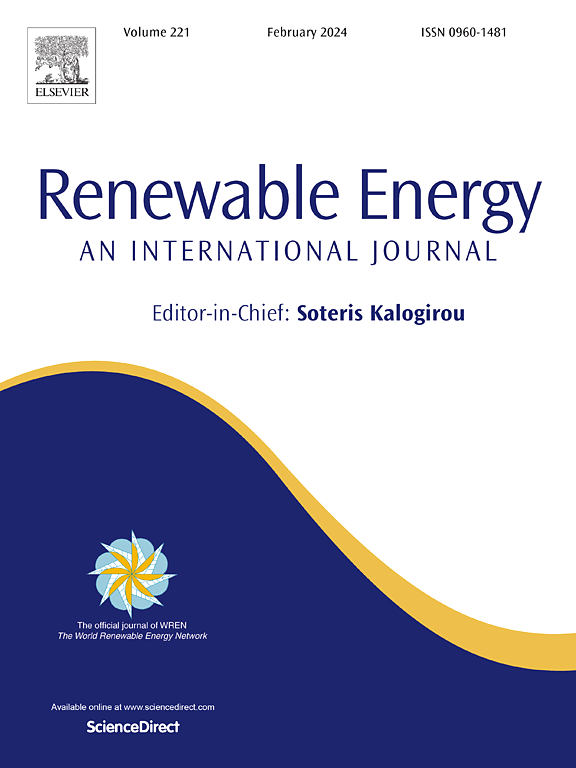Thermal performance and influencing range of underground inclined medium-deep geothermal heat exchangers
IF 9
1区 工程技术
Q1 ENERGY & FUELS
引用次数: 0
Abstract
Geothermal energy is one of the most competitive renewable energies. For large-scale projects, multiple medium-deep geothermal heat exchangers (MGHEs) with depths of 2000–3000 m are often used to satisfy the building heating. Limited by occupied area, thermal influencing radius is an important parameter reflecting the MGHE influencing range in surrounding strata. This paper presented a novel investigation on the impact of inclination on MGHE thermal performance and influencing range. A finite volume method (FVM) based algorithm coded by MATLAB was established and validated by 28 days’ project operating data, before it was used to study the influencing range affected by the depth of kick-off point (H), angle of inclination (α) and working fluid flow rate. It was concluded that for a conventional vertical MGHE with a 2500 m burial depth, the maximum influencing radius increases from 8.06 m to 31.84 m after 10 years of operation. For the inclined MGHE with the same length, increasing α decreases the maximum thermal influencing radius position (TIRP). The relationships among heat extraction rate, TIRP and MGHE parameters were established through non-linear regression. When α increases from 0° to 10°, TIRP can be reduced to a minimum value of 5.3 m when H = 500 m. A smaller H conduces to reducing TIRP without affecting the thermal performance. The proposed methods and results will be conducive to the MGHE array design and efficient use of geothermal energy.

求助全文
约1分钟内获得全文
求助全文
来源期刊

Renewable Energy
工程技术-能源与燃料
CiteScore
18.40
自引率
9.20%
发文量
1955
审稿时长
6.6 months
期刊介绍:
Renewable Energy journal is dedicated to advancing knowledge and disseminating insights on various topics and technologies within renewable energy systems and components. Our mission is to support researchers, engineers, economists, manufacturers, NGOs, associations, and societies in staying updated on new developments in their respective fields and applying alternative energy solutions to current practices.
As an international, multidisciplinary journal in renewable energy engineering and research, we strive to be a premier peer-reviewed platform and a trusted source of original research and reviews in the field of renewable energy. Join us in our endeavor to drive innovation and progress in sustainable energy solutions.
 求助内容:
求助内容: 应助结果提醒方式:
应助结果提醒方式:


